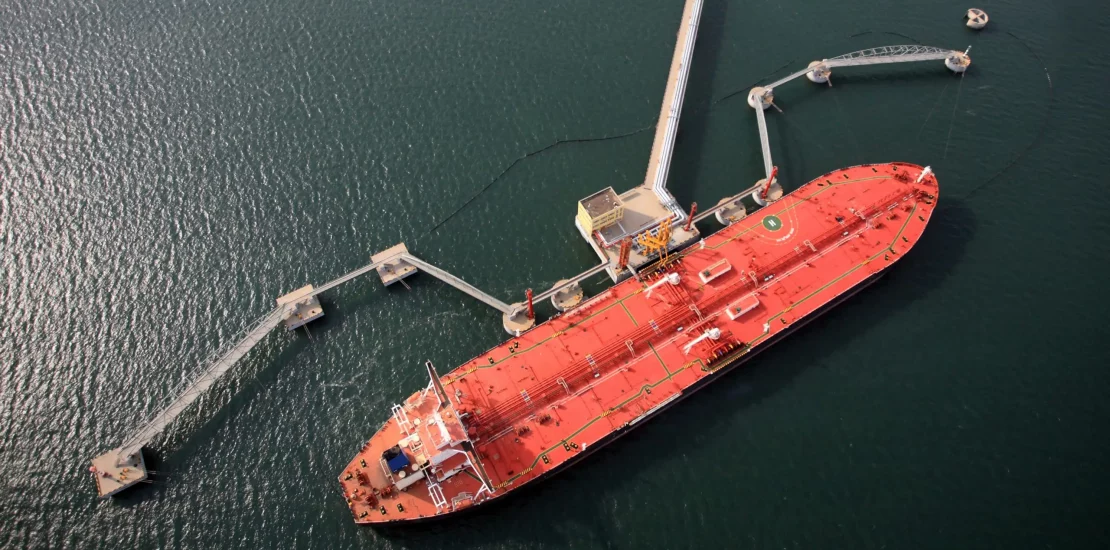How to secure a better fuel deal simply by knowing the fuel’s calorific value - Inatech
- February 9, 2022
- Posted by: Tom Hedge
- Blogs

Before IMO 2020 buying bunkers was fairly straightforward. You asked for the price and quantity and made the purchase. However, now with IMO 2020 regulations in force and lots of new fuels on the market, knowing the fuel’s price and quantity is no longer enough when comparing and purchasing new fuels: you also need to know the fuel’s energy content or more specifically its calorific value.
Calorific value – What is it?
Your ship is powered by energy, so a tonne of high-energy fuel is clearly better than a tonne of lower-energy fuel and is worth paying a higher price for. How much more depends on the fuel’s calorific value.
It’s easy to calculate the calorific value as long as you know the formula and provided the bunker supplier provides the information needed on the fuel’s density, viscosity, and the content of sulphur, ash and water.
Once you have all that information, the process is simple.
You look at the price that is being offered and then calculate its specific energy per dollar. After that, there are two ways of using the information: one is to choose the best product available and be willing to pay a premium for it; the other is to buy on price but to use the calorific value to confirm that the price is a fair one for the fuel on offer.
How can knowing the calorific value help save money on bunker fuel costs?
It’s always difficult to measure the cost saving in a volatile market. But just bear with me and let’s use the example below.
At Inatech, we have seen differences of around 2MJ/kg between different batches of HFO. That’s about a 5% difference in the amount of energy actually being bought. On a stem costing $500,000, that represents $25,000-worth of extra energy at the higher end of that calorific value range compared with a fuel at the lower end. This is a significant amount.
The same logic can also be applied whether you are comparing products of the same types or not. If the choice is between HFO and Marine Gas Oil (MGO) and there is a difference in calorific value between the two of say 10%, this would provide a guide to the premium that might be worth paying for MGO. On a stem of 1,000 tonnes at $500/tonne, that extra energy could justify a margin of up to $50,000.
Shiptech calculates the calorific value for you
The good news is if you procure your fuel using Inatech’s Shiptech solution – calculating the calorific value is done for you. Inatech’s fuel management platform Shiptech not only quickly calculates calorific value, it also holds historic data.
Use the calorific value to your advantage
Of course, there is nothing new about knowing the calorific value of a fuel. It’s just that in the past it has been a figure that has been calculated later for reference. I believe it should now be a vital part of future bunker negotiations especially when faced with current market pressures. It creates a much more intelligent way to negotiate and will be essential as new fuels enter the market.
Looking further ahead, a method must also be found to compare different types of energy sources such as LNG and LPG. The calorific value will be the only way of comparing them from a commercial point of view.
There will be technical factors to consider when comparing those fuels of course – how they are handled and stored will also influence a shipowner’s decision on whether to rely on them, but comparing one fuel against another to establish whether it is an economical store of energy is vastly simplified by looking at its calorific value.
This is a new approach to bunker buying and one that puts the buyer in control of the procurement process. It also offers an additional tool when it comes to negotiating better fuel deals. If you would like to learn more about how the calorific value of fuel impacts price or to find out more about Shiptech, Inatech’s fuel management solution – then click here.


